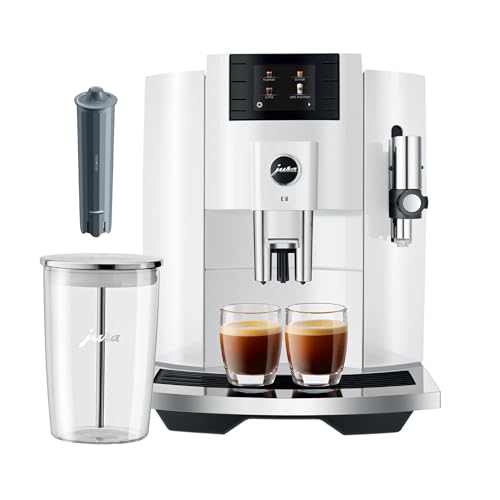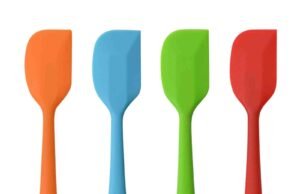Making latte art isn’t necessary to have a high-end café setup or pricey equipment. With some patience, a couple of inexpensive tools, and the proper technique, you can begin making gorgeous coffee art in your own home. If you’re fantasizing about hearts, tulips, or plain swirls, this guide will teach you how to practice latte art at home on the cheap.
What You’ll Need to Get Started
You don’t need an expensive espresso machine with a built-in steam wand. Here’s a list of low-cost equipment that gets the job done for home practice:
Milk Frother (electric or manual): There are good ones that cost less than $20.
Milk Pitcher: A small stainless steel pitcher with a tapered spout offers more control.
Espresso Substitute: Strong brewed coffee or instant espresso works if you lack a machine.
Thermometer (optional): Ensures you don’t scald your milk.
Whole Milk: It works best for practice because of its fat content.
Frothing Milk Without a Steam Wand
Good latte art depends on textured milk also microfoam. You can still get something close to that without a steam wand.
Hand Frother Method:
Heat milk to about 55–60°C (130–140°F).
Use a hand frother to froth the milk until it is silky and slightly thick not bubbly.
Tap the pitcher on the counter and swirl to remove large bubbles.
French Press Method:
Warm your milk.
Pour into a French press and pump rapidly for 20–30 seconds.
Let the foam settle before pouring.
Pouring Basics: Where the Art Happens
Once you’ve frothed your milk, it’s time to pour.
Steps:
Tilt your mug slightly.
Begin pouring from about 3–4 inches above the cup to integrate milk and coffee.
Once the cup is half-filled, place the pitcher close to the surface and pour.
Swish the pitcher from side to side to produce designs like a heart or a leaf.
It’s all about the movement. The closer the pitcher is to the surface of coffee, the more foam is produced, producing contrasting effects.
Read more: How Origin Affects Coffee Flavor: Understanding Terroir
Practice Makes Perfect (Even With Water)
Worried about wasting milk? You can get a sense of the hand motion with water and some dish soap drips. It feels remarkably like textured milk.
Also, record your pour and watch it back. You’ll see where you have to change the height and movement of your hand.
Frequent Errors and Solutions
Bubbly Milk: Over-froth or overheat the milk use smooth, glossy texture.
Weak Contrast: Milk too watery or flowing too quickly.
No Art Appears: Pouring too high up, too quickly, or starting too late in the cup.
Affordable Equipment You Can Play Around With
Zulay Handheld Frother – under $15
Stainless Steel Milk Pitcher – about $10
Kitchen Thermometer – optional, under $10
French Press (dual purpose for coffee and milk) – $20–$30
These will not cost an arm and a leg but will really take your latte art game to the next level.
Final Thoughts
It’s not only a hobby but a creative ritual that serves to elevate your morning coffee. Begin with simplicity, work with what you have on hand, and don’t worry if it isn’t perfect. With each heart, tulip, and rosette you try, you’re one step closer to being a master of the art.
Keep in mind: great art begins with great milk and practice.












